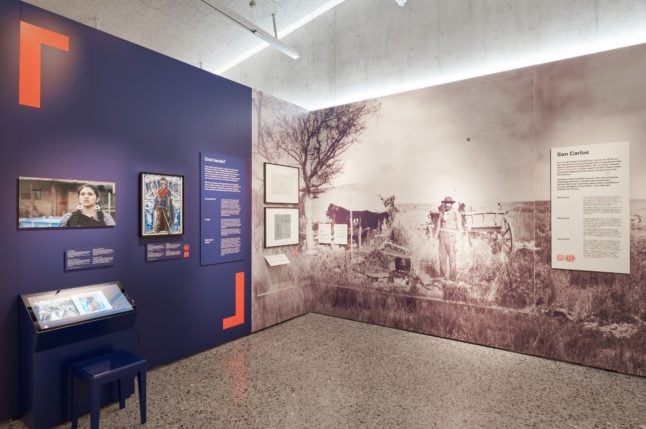Call it a film of horror or fantasy— and, depending on which side of the linguistic divide you live, you may be right.
The new movie, called “Bon Schuur Ticino” has just opened several days ago but is already a huge hit.
Blame it on democracy
The film’s premise is this:
A referendum to choose just one national language, instead of the current four, plunges the country into a state of emergency, when French becomes the only official language.
That is, only the Swiss-German and Italian parts are in a state of emergency — French speakers are quite happy about the new rule.
The plot centres around a 56-year-old Swiss German, who doesn’t speak a word of French.
Since he works for federal police, he is sent to Ticino to disarm a resistance group of Italian speakers, which is fighting against the new law.
This is the film’s trailer:
Wait, could this actually happen in real life?
The movie’s two premises — multilinguism and referendums — are the backbone of Switzerland’s culture and democracy.
That much is based on facts.
To date, nobody in Switzerland has seriously suggested to eliminate three national languages, leaving just one.
But what if a group of disgruntled citizens collected enough signatures on a petition to bring this issue to a national vote?
Theoretically, it is possible.
In reality, however, the federal chancellery has to verify and approve all popular initiatives to ensure that no trivial or bizarre proposals end up being voted on.
For instance, years ago, a group of people who clearly had nothing better to do with their time, launched a proposal entitled “Let’s raze the Alps so we can see the ocean.”
It goes without saying that this proposal got nowhere near the ballot box.
Now, let’s assume that the language issue would get some traction and it would actually end up being voted on.
There is no way that the Swiss German majority would vote to adapt French as the country’s main language. And Italian speakers would not be thrilled about this either.
The six francophone cantons (Geneva, Vaud, Valais, Fribourg, Neuchâtel, and Jura) would not have enough sway against the 20 other cantons to claim victory at the polls.
So in this case at least, fiction and reality will not merge.
You can reasonably expect Switzerland’s linguistic landscape to remain the same.
READ ALSO: How did Switzerland become a country with four languages?
If you are interested in watching this movie, it opened in the German and Italian – speaking parts of the country on December 8th.
It will be shown in the French-speaking areas from February under the title “Ciao Ciao Bourbine.”
How are movie-goers reacting to this film’s premise?
As one social media user summed it up, “It would be an absolute horror for all German-speaking Swiss.”
“From now on, all Swiss comedies should be made in French only,” another said.
Perhaps the most telling comment, however, came from the Foreign Affairs Minister Ignazio Cassis, who attended the film’s premiere.
“If there were only one language left in Switzerland, it would of course be the only truly Swiss one: Romansh!”



 Please whitelist us to continue reading.
Please whitelist us to continue reading.
Member comments